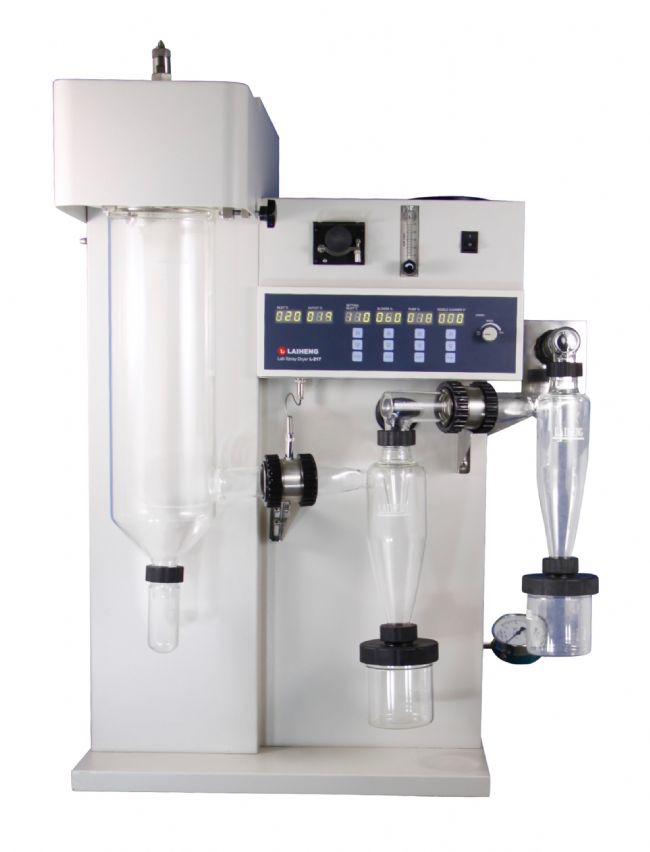
Because of the strong Au-S covalent bond between gold and sulfhydryl groups, gold nanoparticles can be well combined with nanotechnology and bioassay technology. The dispersion of gold nanoparticles in water is commonly called colloidal gold. The immunogold and immunogold staining methods using colloidal gold as a marker can be single-labeled or multi-labeled, and can be used for qualitative, localization and timing measurement of macromolecules. It is widely used in many fields of medicine and biology. A systematic study of the chemical assembly behavior of colloidal gold on functionalized solid surfaces has also been conducted.
Some scholars have used the changes in the conformation of nanogold and polynucleotide polymers to change the color of the solution, and established a new method for labeling nanogold with a thiolated oligonucleotide probe and detecting specific polynucleotide sequences. The research and application of sequence detection has opened up a new field, which has broad application prospects in the production of DNA sensors and DNA chips.
However, in the application process of colloidal gold solution, there is still a problem that the stability of nano-gold sol is seriously affected by environmental factors, and irreversible aggregation is easily formed in the electrolyte solution, thereby affecting its subsequent use.
Quantum dots are also called semiconductor crystals. When the size of the semiconductor nanoparticle is close to the electron hole radius (about 5-10 nm), due to the quantum confinement effect of the electron wave function, the effective band gap of the semiconductor nanoparticle band increases as the radius of the particle decreases, resulting in absorption spectrum. And the blue shift of the fluorescence spectrum. The spectral properties depend mainly on the radius of the semiconductor nanoparticles, regardless of their composition.
By changing the size of the particles, any point spectrum from the ultraviolet to the near infrared range can be obtained. A quantum dot labeled with a biomolecule is a core-shell structure material, which is a thin layer in which a quantum dot is a core and a surface is formed on the outside using another material, and the structure can obtain a higher luminosity and better. Photochemical stability. Quantum dots have many advantages over traditional dyed molecules. Small inorganic crystals can be emitted with more excitation cycles and light, while ordinary organic molecules are small and easily decomposed. Therefore, the stability of the inorganic crystal allows the researcher to observe the activity of the cells in the tissue for a longer period of time. The biggest advantage of quantum dots is that they are rich in color, high in luminous intensity and good in photochemical stability. In addition, quantum dots provide multi-color coding technology for the biomedical field, which has great prospects for gene expression technology, high-throughput screening and medical diagnosis.
However, quantum dots also have their disadvantages: First, their synthesis conditions are very demanding, and they need to be nucleated under high temperature, anaerobic and water-tight conditions. Although quantum dots can now be synthesized at room temperature or in water, an anaerobic environment is still required. In addition, the quantum dots have poor water solubility, are easy to aggregate, have toxic side effects on living organisms, and are not easily surface-modified.
Silica nanoparticles contain a large number of hydroxyl groups on the surface. These hydroxyl groups can react with many substances to form groups such as amino groups, carboxyl groups, and sulfur groups. Silica can also adsorb antibiotic proteins. This easy surface modification property makes it possible. It is widely used in biological analysis. In addition, silica itself has high toxicity and high affinity, and it is receiving more and more attention in the field of biochemical detection. Fluorescent silica nanoparticles have the following advantages:
1. High fluorescence intensity;
2, high stability;
3. Conducive to surface modification;
4. Uniformity and controllability of particle size;
5. Most fluorescent reagents have certain toxic and side effects on living cells. After being wrapped with silica particles, they can avoid toxic side effects on cells.
These characteristics make fluorescent silica nanoparticles have great development prospects in immunoassays and biosensors.
Dried Garlic Granules,Dried Granulated Garlic,Grated Garlic,Cream Dehydrated Garlic Powder
shandong changrong international trade co.,ltd. , https://www.cragriculture.com